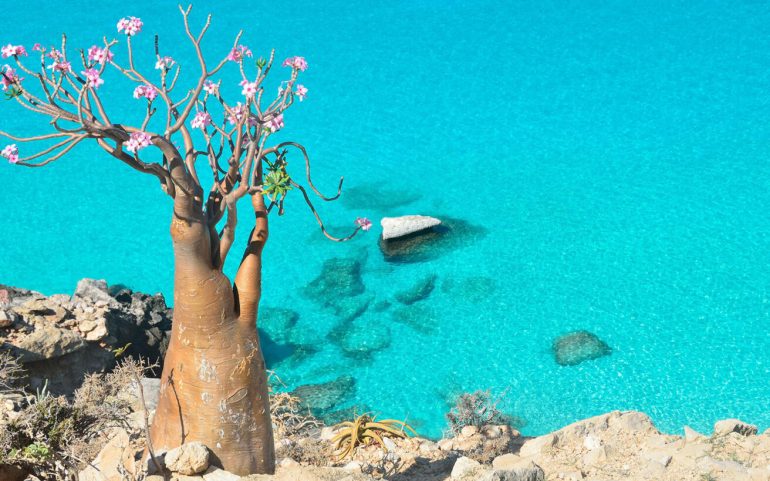The strangest vegetation on our planet, extremely rare species of wildlife and a pristine landscape that seems to come from another world.
It may not have mysterious smoke or the Dharma Initiative in its lands, however, it is as close as you can find to a lunar landscape. Or on the Red Planet.
And at the same time, it is an earthly paradise like the ones we wander in the most tropical parts of the universe.
Nature was given, you see, generously to Socotra, an island off the coast of Yemen, and at the same time both the fury of Mother Nature and human intervention aimed to eradicate it.

And yet here you will find some of the biggest paradoxes you may encounter as a traveler. "Where all the weirdness is," he said years ago National Geographic.
It is not at all strange that a group of biblical scholars place the Garden of Eden in Socotra. Somehow this would undoubtedly be the heavenly earth that God gave to the Protoplasts, according to the Old Testament.
And indeed, 1/3 of the plants endemic here do not exist anywhere else on Earth. And what you see here hardly resembles an earthly landscape.
Between Africa and the Arabian Peninsula there is therefore a place with rare biological entities, a different place threatened by cyclones, human development and civil war…
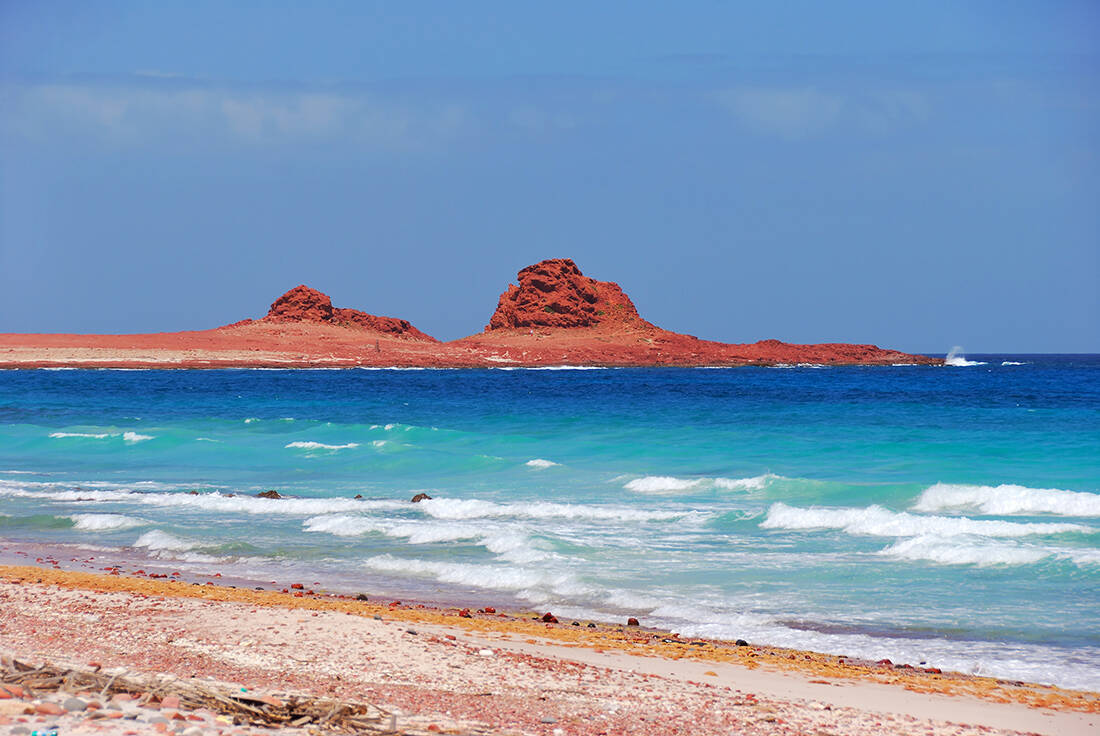
Socotra is an archipelago between Somalia and Yemen, a complex of virtually four islands and two rocky islets in the Indian Ocean. Socotra is also called the largest island, so large that it constitutes 95% of the land of the archipelago.
It is closer to the Horn of Africa (240 km from its coast Somalia) than in the Arabian Peninsula (380 km) and looks quite isolated. Administratively it belongs to the Asian Republic of Yemen, but geographically and demographically it is closer to Africa, a special regime that has brought about the political unrest that has plagued the island for years.
Socotra is 132 km long and 50 m wide and since 2008 is included in the UNESCO monuments. 75% of its lands are protected areas…
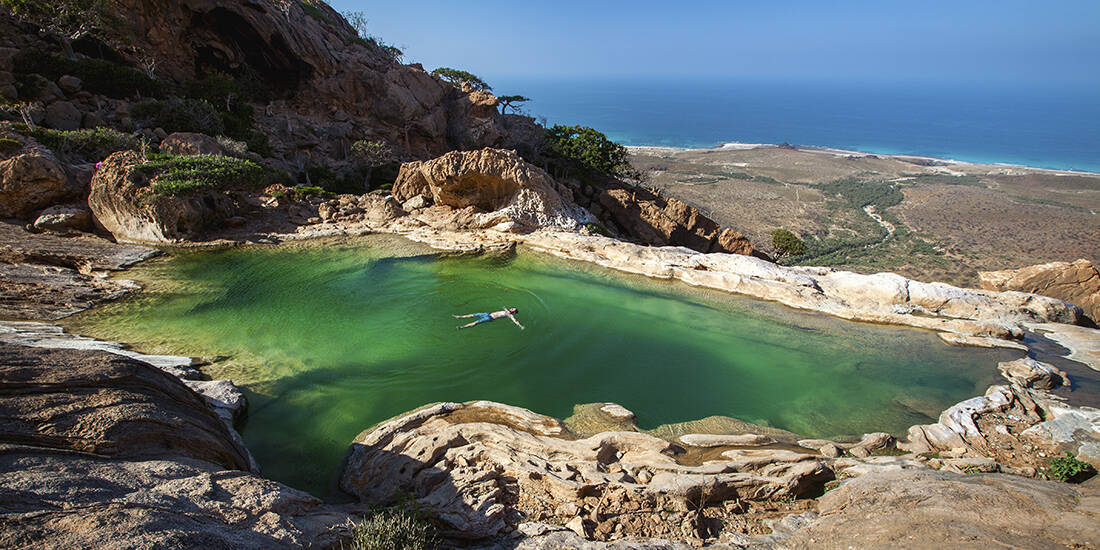
Whatever the Galapagos was for him Charles Darwin is Socotra for today's scientists. A biological paradise with endemic species, which means that they are not found anywhere else in the world. But also species that have disappeared from everywhere, giving one last chance for observation.
This great and fragile biodiversity has made Socotra a place of global importance. And the numbers leave no room for doubt: 37% of its 825 species of flora, 90% of its reptiles and 95% of its snails are unknown on the rest of the planet.
At the same time, Socotra is home to the largest populations of many endangered bird species. Of the 192 species of birds, 44 live exclusively on the island and another 85 return each year to breed.
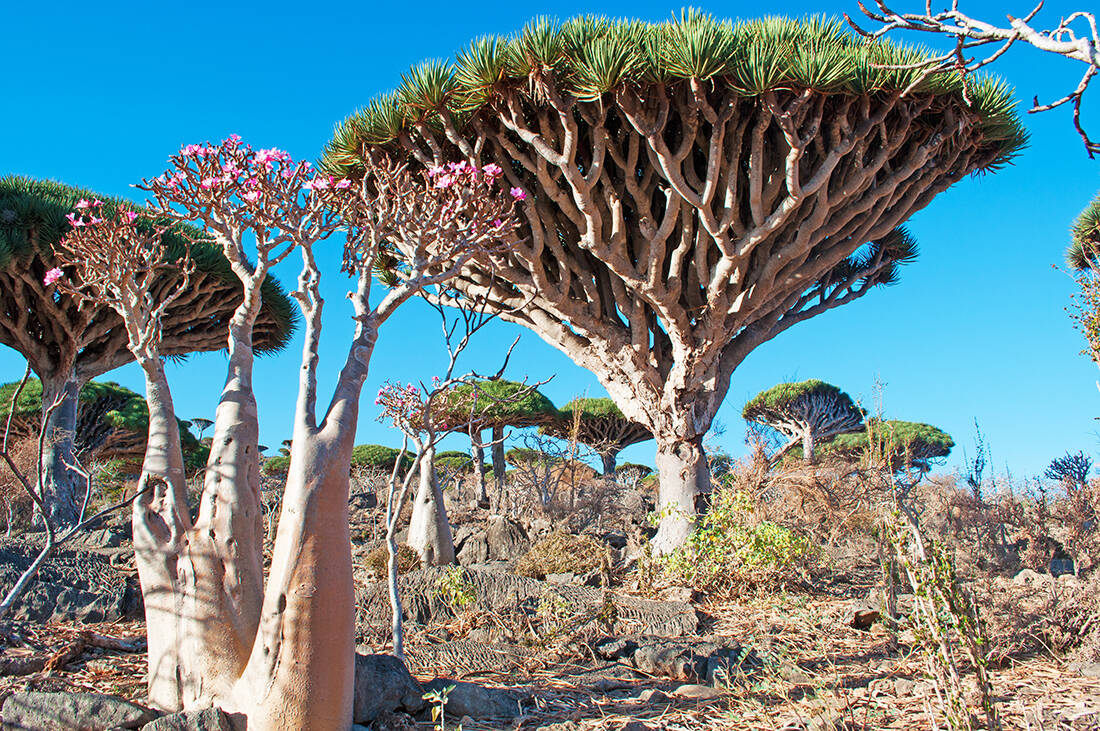
Even its marine life is rare. And very rich. Here you will find 253 species of coral, 730 species of fish and over 300 species of crabs, shrimp and lobsters. All this in Socotra, an island where the only mammals are bats. Excluding of course the livestock brought by man.
But its landscape is also imposing. Most of the land is covered by a very high mountain range, leaving narrow coastal plains to the north and a wider plateau to the south.
The "Island of Bliss", as Socotra was called in Sanskrit, hosts the largest population of these strange trees called Dragon Blood. Like the equally special Desert Rose (Adenium obesum).
Recent cyclones They have destroyed thousands of them, but they remain in large concentrations, also contributing to the "alien" of the landscape. That's what people say, but that's what scientists playfully call it.

A landscape that has been forged by its geographical isolation. Socotra split from the supercontinent Godwana 20 million years ago, taking its own evolutionary path.
This bizarre place with its colors and paradoxes is no wonder it was known as earthly paradise in Hellenes and Arabs from very old. Socotra was well known by the sailors of antiquity (Dioskouridou Island was called by the ancient Greeks), enchanting humanity for a long time.
Some even went so far as to identify it with the mythical Atlantis.
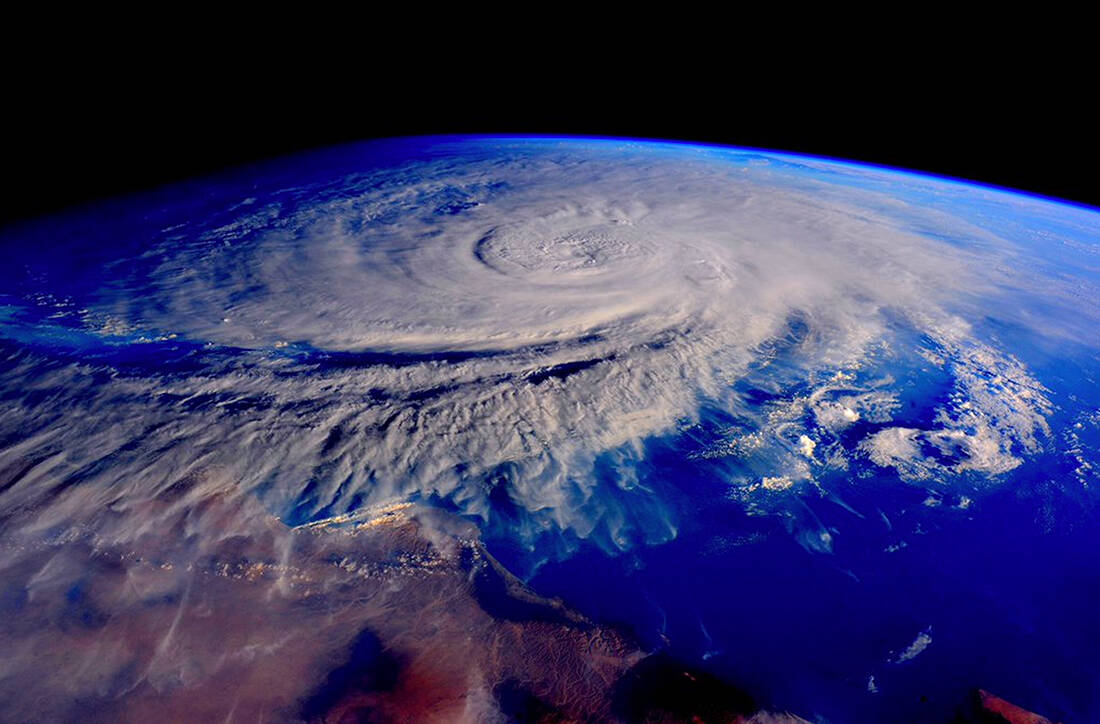
As its 50.000 inhabitants continue to preserve its incredible natural heritage, the island has been hit hard by climate change. But also geopolitical human interests. Scientists are now talking about an uncertain future, as the countless species that call Socotra home are now in immense danger.
The two cyclones that hit the archipelago in the fall of 2015 within a week, a fact unheard of for the Arabian Sea, forced 1/3 of the population to be displaced and destroyed a significant part of the vegetation.
Socotra was filled with branches of the Dragon Blood tree and as it recovered from the catastrophic fury of the weather, it was hit again by a cyclone in May 2018.
Three such catastrophic events in such a short time are unprecedented for the region and scientists are concerned that they are a consequence of climate change. We are told that the storms just started in Socotra.
But it is not only the weather that shows its teeth to the virgin ecosystem Island's…
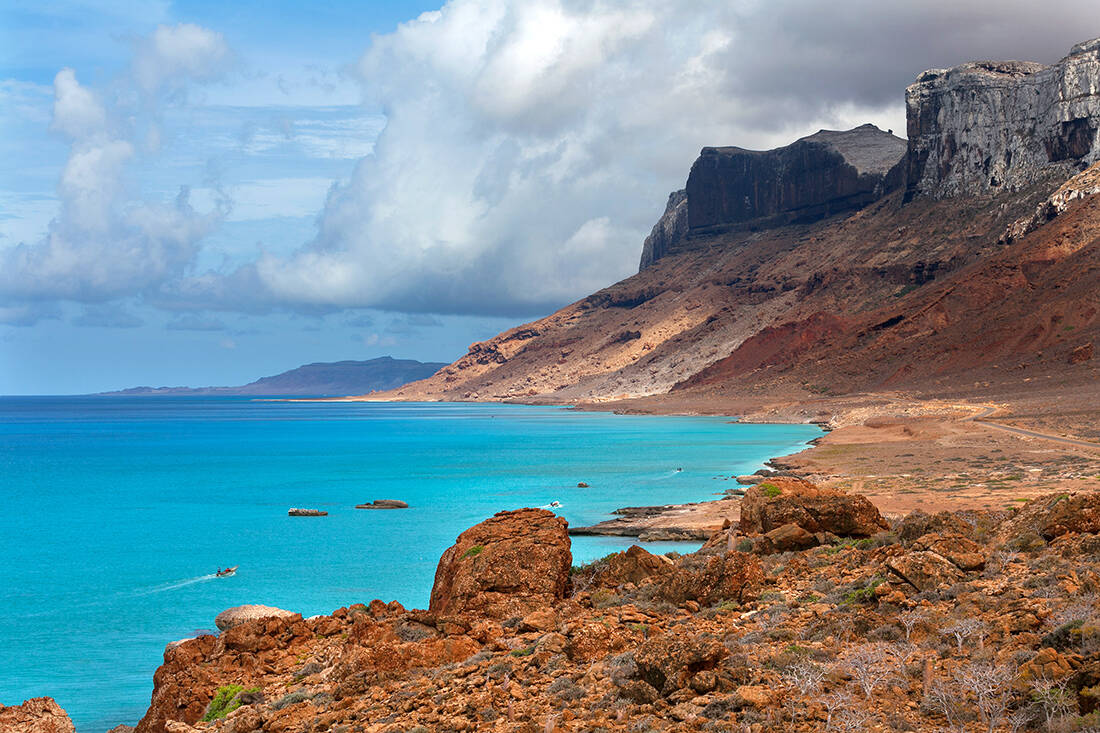
In all, Socotra became entangled in another cyclone, this time human. It has been plagued by a serious civil war since early 2015, when a paramilitary coalition, instigated by the Saudi Arabia, and a second, from the United Arab Emirates, struck in Socotra, targeting Iranian-backed separatists. And the Yemeni government, with its own internal problems, has never sent aid.
All the sultans who said to help militarily, seemed to have their own agenda for the politically ill island. In 2018 there was a fragile truce between the UAE and Yemen in Socotra, but the situation escaped again.
And just like its vegetation, the isolated Socotra keeps secret what exactly is happening on the island today. Reports tell us that there are at least three camps on the island, all ready for war, with the situation still deteriorating.
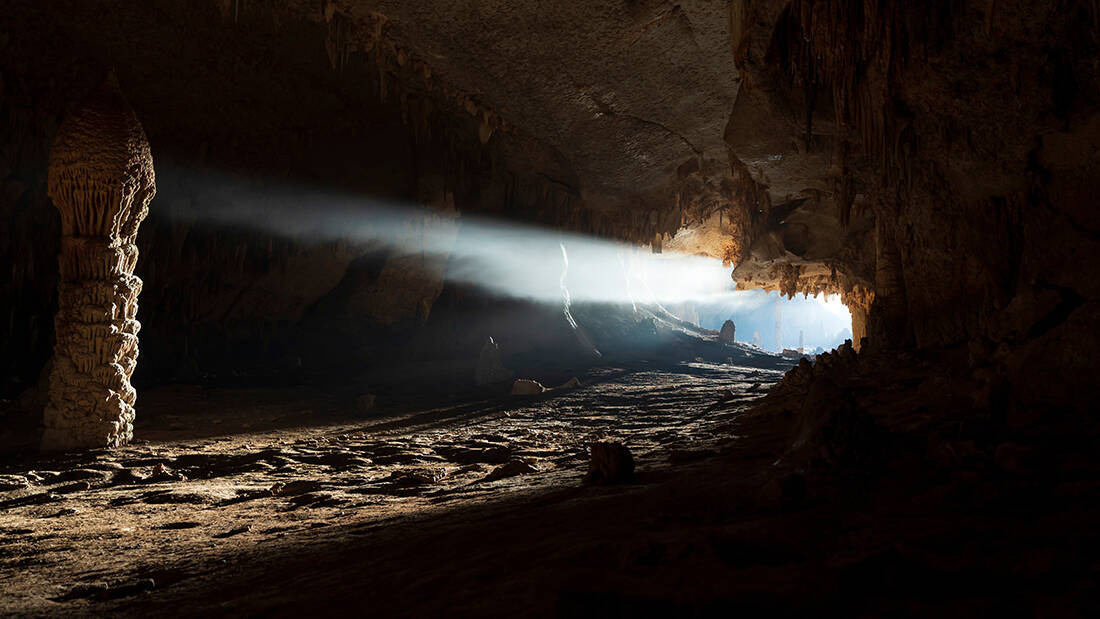
This year some battles took place again, as it is the political regime of the island that creates problems. Its inhabitants were once Christians, for many centuries, but Christianity disappeared in the 16th century, when it fell into the hands of the sultans of the region.
The island was for a short time in the hands of the Portuguese and the British afterwards. Socotra lived as a British possession between 1880-1967, when it became part of independent (and Soviet) South Yemen and later a united Yemen (1990).
In recent years, Saudi Arabia's growing influence in the region has forced the UAE to intervene as early as 2016. Emirates They set up a regular military base on the island, Yemen turned against them and as if all this were not enough, the Yemeni separatists (Southern Transitional Council - STC) gained power on the island.
From 2018 we are talking about a normal civil war, with the Emirates occupying the ports and the airport and the Saudis preparing for hand-to-hand combat.
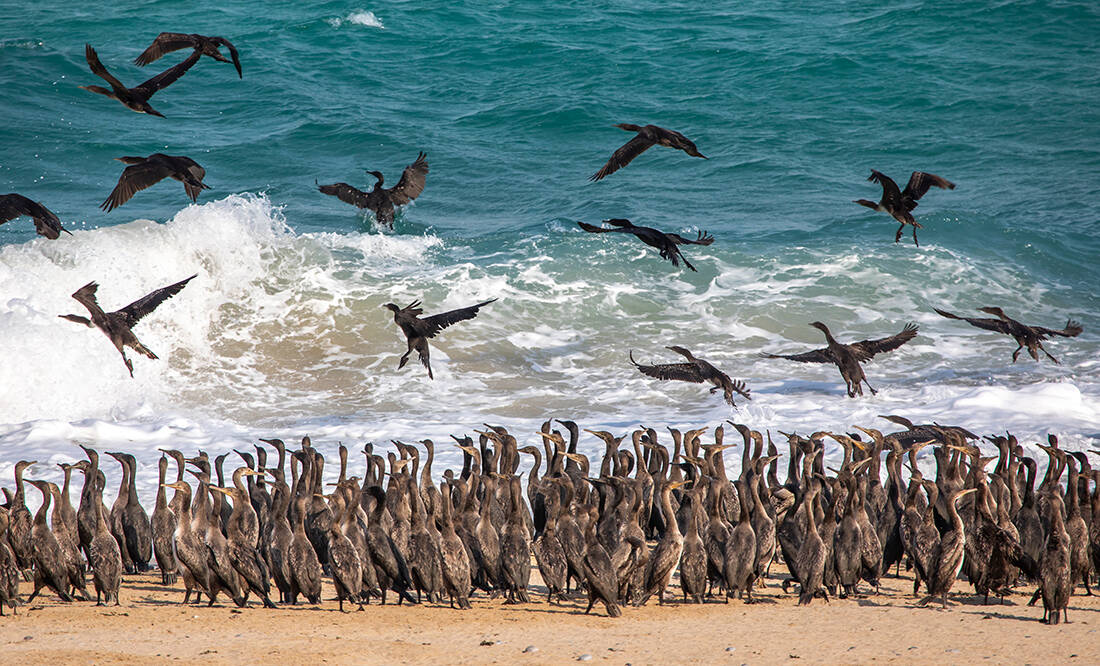
The latest news (June 2020) tells us that the STC now has power in its hands, when the Yemeni army detachment on the island surrendered to the separatists. In the same month, a Yemeni government official informed the world that the "Government of the Socotra Archipelago has come under the full control of the Emirates."
The adviser to the Yemeni interior minister later wrote on Twitter that the UAE intends to make Socotra independent of Yemen, under the pretext of "protecting it from Qatar and Turkey».
Worse, he said, the Emirates was looting the island's natural resources and transporting plants, minerals and resources to Abu Dhabi. And on June 19, the STC, which is controlled by the Emirates, also occupied the capital of Socotra.
Whatever manages to survive the rage of the weather and man, will probably be destroyed by the reckless and unplanned development of the locals. Socotra had very few roads, so as not to disturb its incredible biodiversity. In recent years, in the wake of the unrest, construction has become anarchic, as there is no central government to coordinate.
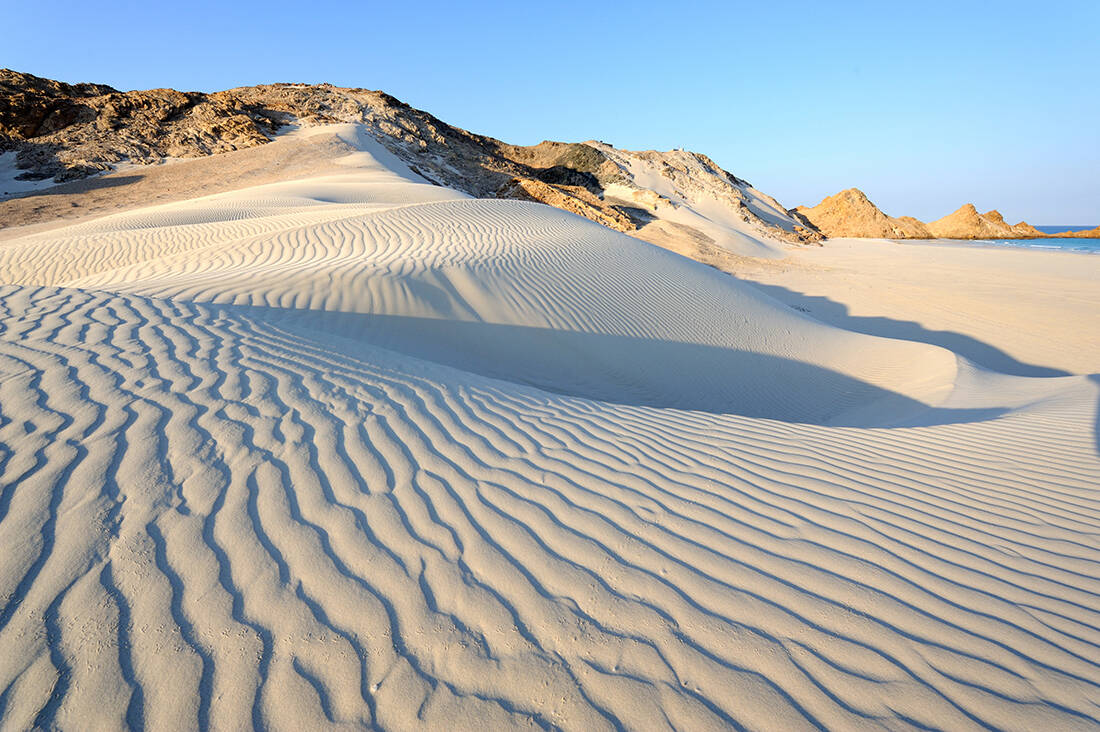
Ο ecotourism, from which a good part of the locals lived, disappeared after 2015. Who should go to Socotra if he does not know how to return?
What will eventually become one of the last natural paradises of the Earth, remains to be seen. Will we completely destroy what nature has done in millions of years?
